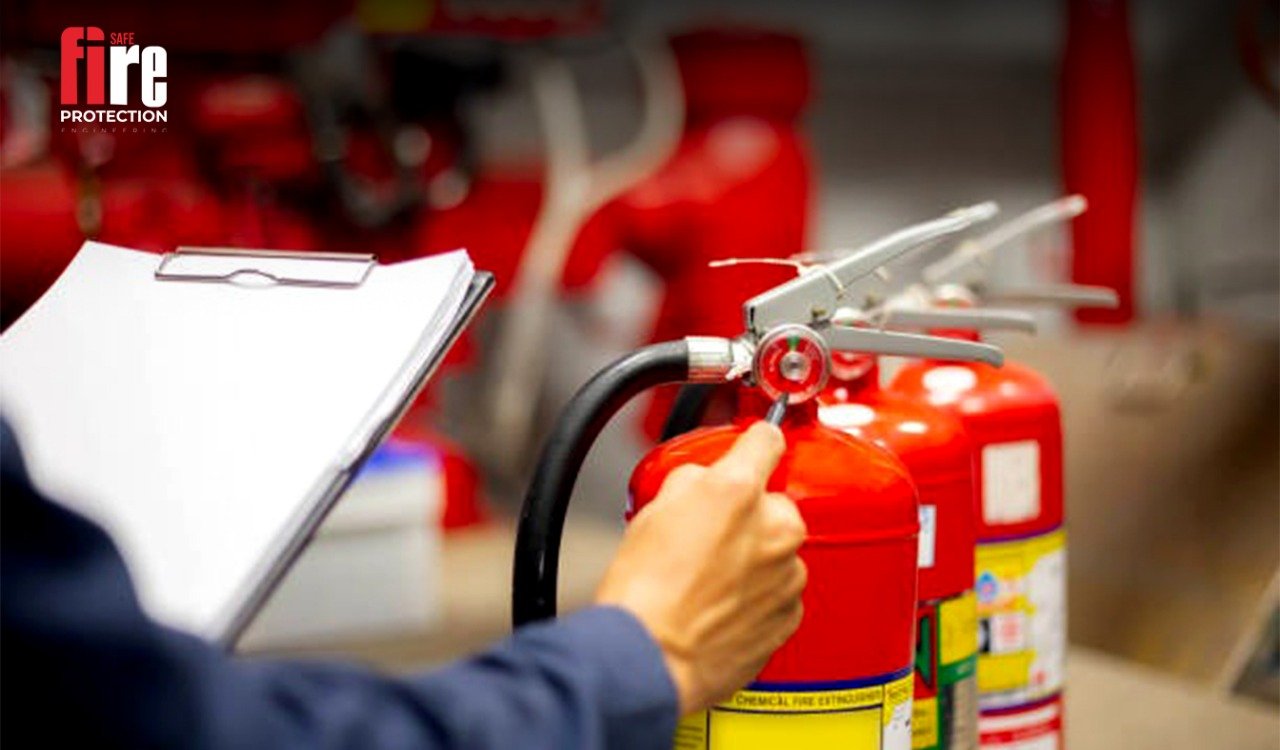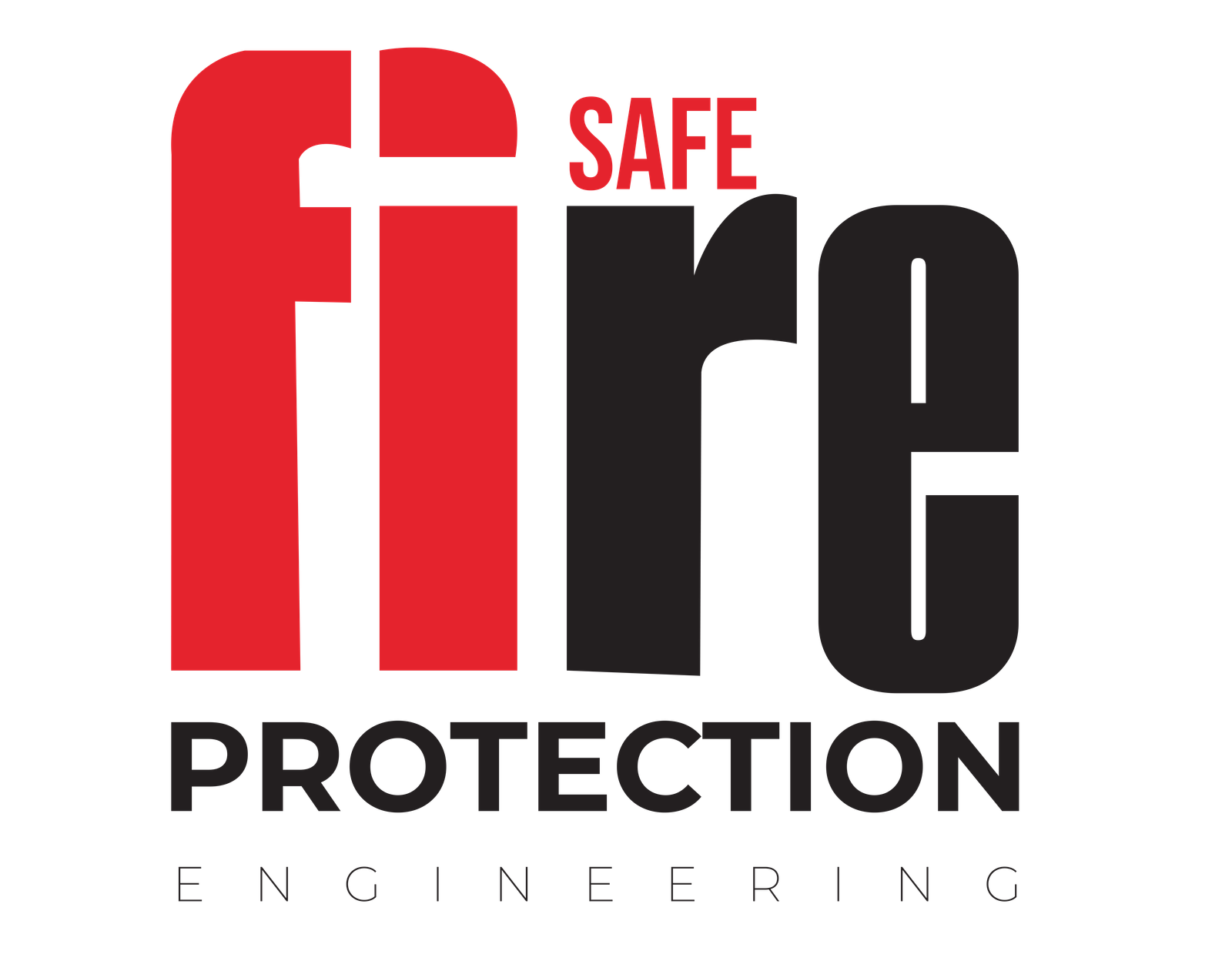Fire Risk Assessment

Fire Safety Risk Assessment Ensuring Safety and Compliance
Fire safety risk assessment is a crucial process that helps identify potential fire hazards, evaluate risks, and implement measures to protect lives and property.
Workplaces, commercial buildings, and other establishments need to conduct thorough fire risk assessments to prevent disasters. Below are the key aspects of fire risk assessment, its importance, legal requirements, and best practices.
Key Steps in Conducting a Fire Risk Assessment
Fire safety risk assessment is a structured process designed to identify potential fire hazards and implement measures to reduce the likelihood of fire incidents. Conducting an effective fire risk assessment involves several key steps:
- Identify Fire Hazards – This includes sources of ignition (such as electrical equipment, open flames, and heating systems), fuel sources (paper, furniture, flammable liquids), and oxygen sources (ventilation systems, open windows).
- Identify People at Risk – Employees, customers, visitors, and individuals with disabilities should be considered in the assessment.
- Evaluate Risks and Implement Control Measures – Assess the likelihood of fire hazards causing harm and implement control measures such as fireproof materials, fire doors, and proper waste disposal.
- Record Findings and Prepare an Action Plan – Document the hazards identified, actions taken, and recommendations for further risk reduction.
- Review and Update the Assessment Regularly – Fire risk assessments should be reviewed periodically, especially after significant changes in operations, building layout, or regulations.
The Importance of Fire Safety Risk Assessment in the Workplace
Fire risk assessments are crucial for maintaining a safe working environment. Most of the mega projects of construction, maintaining the fire safety risk assessment to keep the project safe. A well-executed fire risk assessment ensures:
- Identifying Fire Hazards: Electrical faults, flammable materials, and poor housekeeping can lead to fire outbreaks.
- Compliance with Regulations: Many countries have strict fire safety laws requiring businesses to conduct regular fire risk assessments.
- Protecting Lives and Assets: A fire can cause loss of life, severe injuries, and destruction of property.
- Minimizing Business Disruption: Fire incidents can halt business operations and lead to financial losses.
- Enhancing Fire Protection Systems: Fire risk assessment helps in designing and improving fire protection systems like sprinklers, alarms, and fire exits.
- Training and Awareness: Employees must be aware of fire risks and emergency procedures.
Fire risk assessment is a critical component of workplace safety. It helps identify potential fire hazards, assess risks, and implement preventive measures to protect employees, assets, and operations.
Legal Requirements for Fire Risk Assessments
Legal requirements for fire risk assessments vary by region, but they generally mandate that businesses conduct regular assessments to ensure fire safety. In many countries, employers and building owners must:
- Conduct a fire risk assessment and keep it up to date.
- Appoint responsible persons to oversee fire safety measures.
- Provide fire safety training to employees.
- Install and maintain fire detection and alarm systems.
- Ensure adequate fire escape routes and emergency evacuation plans.
Safe Fire Protection Engineering follows legal requirements for fire risk assessments, including hazard identification, safety planning, regular inspections, and compliance with fire regulations. Proper documentation and staff training ensure effective fire prevention and protection.
Evaluating Fire Risks: Protecting People and Property
Fire hazards pose a significant threat to workplaces, endangering lives and property. Effective fire risk assessment is crucial in identifying potential dangers, ensuring compliance with safety regulations, and implementing protective measures. We specialize in providing expert fire risk assessments and tailored fire protection solutions to safeguard businesses.
- Identifying Fire Hazards
Workplaces contain multiple fire hazards, including electrical systems, flammable materials, and poor ventilation. A thorough risk assessment identifies these risks and recommends strategies to mitigate them.
- Ensuring Compliance with Safety Regulations
Government regulations mandate fire safety measures in workplaces. Non-compliance can lead to legal consequences, fines, or even business shutdowns. Our fire risk assessments help businesses meet regulatory requirements and maintain a safe environment.
- Protecting Lives and Assets
Fires can cause severe injuries, fatalities, and damage to valuable assets. Our fire protection engineering services help prevent such disasters by implementing early warning systems, fire-resistant materials, and effective evacuation plans.
- Minimizing Business Disruptions
A fire incident can lead to costly downtime and financial losses. By proactively assessing and addressing fire risks, businesses can ensure continuity and avoid unexpected operational setbacks.
- Enhancing Fire Protection Systems
Our experts analyze your workplace layout and recommend appropriate fire suppression systems, including sprinklers, alarms, and extinguishers. We also provide fireproofing solutions to minimize fire spread.
Fire risks should never be underestimated. Protect your employees, assets, and business operations with professional fire risk assessment and fire protection solutions. Safe Fire Protection Engineering is committed to creating safer workplaces through expert fire safety measures.
The Role of Fire Detection and Alarm Systems in Risk Management
Fire detection and alarm systems are essential for early fire detection and risk mitigation. These systems help in:
- Detecting smoke, heat, or flames at an early stage.
- Alerting occupants to evacuate the premises.
- Activating fire suppression systems like sprinklers.
- Sending alerts to emergency response teams for quick action.
Fire detection and alarm systems play a crucial role in risk management by providing early warning, enabling quick response, and minimizing damage. Safe Fire Protection Engineering ensures proper system design, installation, and maintenance for optimal safety.
Consequences of Ignoring Fire Safety Risk Assessments
Neglecting fire risk assessments can have severe consequences, including:
- Increased risk of fire-related injuries and fatalities
- Legal liabilities and penalties for non-compliance
- Loss of business assets and financial losses due to fire damage
- Higher insurance premiums or denial of claims due to negligence
- The reputational damage that can affect customer trust and business operations
Fire risk assessments are a crucial part of workplace safety. Ignoring them can lead to devastating consequences, putting employees, property, and business operations at risk. In Bangladesh, we specialize in conducting comprehensive fire risk assessments to help businesses prevent potential fire hazards and comply with safety regulations.
Best Practices for Fire Safety and Risk Reduction
To enhance fire safety, businesses should adopt best practices such as:
- Conducting regular fire risk assessments and updating them as needed
- Ensuring all employees receive fire safety training
- Installing and maintaining fire detection and suppression systems
- Developing clear emergency response and evacuation procedures
- Collaborating with local fire authorities for fire safety guidance
Fire safety is a critical aspect of workplace security, ensuring the protection of employees, assets, and operations. Without proper fire prevention strategies, businesses face the risk of devastating losses. Safe Fire Protection Engineering provides expert fire safety solutions, risk assessments, and tailored fire protection strategies to keep workplaces secure.
Fire risk assessment is a crucial aspect of workplace safety and legal compliance. By identifying fire hazards, evaluating risks, and implementing preventive measures, businesses can protect lives, property, and operations. Regular assessments, fire safety training, and emergency planning ensure preparedness and minimize the devastating consequences of fire incidents. Prioritizing fire safety not only fulfills legal obligations but also fosters a safer and more resilient workplace.
How can we help you?
we are committed to safeguarding your residential and commercial spaces from the devastating impacts of fire. Our expert team specializes in designing, installing, and maintaining fire sprinkler systems — your first line of defense against unexpected fire hazards.

